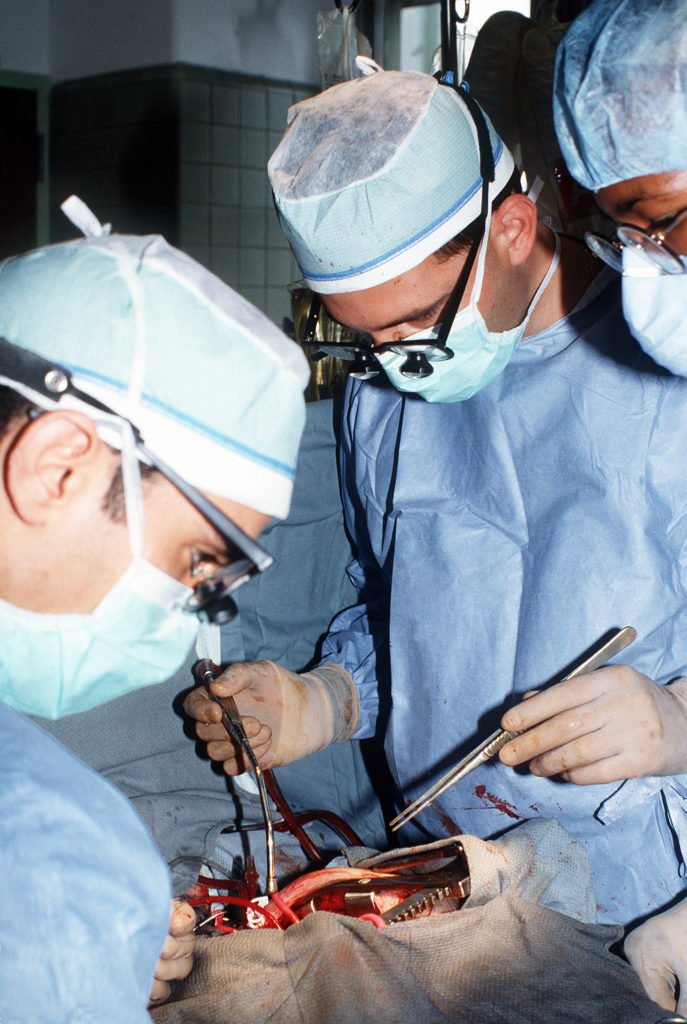The pace of technology has quickened in recent years, transforming our world in ways we couldn’t have imagined just a decade or two ago.
The healthcare sector is no stranger to this phenomenon, as Dr. kwang Yul Cha and other trend watchers have noted.
Curious how technology has changed things in healthcare in just the past few years? In this article, we will share several examples of how tech is improving healthcare for the benefit of all…

1) Wearable tech are tracking our bio markers
Ever since the debut of the Fitbit several years ago, wearable health sensors have allowed people to track indicators of their health in real time.
By being able to assess one’s heart rate, the quality of sleep, and the amount of physical activity per day, a path to good health can be charted.
Furthermore, any sudden increase of bad feedback will be able to inform doctors of an impending health condition before it becomes serious, potentially saving a patient’s life.
2) Apps are making it easier to stay healthy
In 2016, wearable technology isn’t just giving their owners valuable information on the current state of their health, it is feeding it into synced apps. This then gives them usable information, enabling them to take action.
A textbook example of this is are smartphone apps for diabetes patients. These programs use a glucose tester to assess the level of blood sugar in a user’s body.
Once processed, it recommends a course of action that will help keep their glucose levels within an acceptable range.
That isn’t all that apps can do with respect to health care though. There are apps that consists of a single push button that allows its owner to summon their doctor for a home visit, while others allow you to order a prescription of a drug that you are taking by merely scanning the bar code on your emptied bottle.
3) Big Data is leading to more accurate diagnoses
Another technological revolution that is changing things quickly for healthcare providers is the emergence of Big Data.
For a long time, many essential pieces of healthcare data were segregated on separate computer systems, or worse, they were recorded on paper and stored away in filing cabinets.
With the rapid move towards digitization, more complete sets of data have become accessible to researchers.
With the increased capacity of computers in 2016 to conduct rapid analysis of massive sets of data, diagnoses of patients are more accurate than ever before.
Health authorities have also been able to predict the onset of epidemics before they have happened, and doctors will be able to analyze various aspects to predict if they will negatively impact your health, thereby allowing preventative changes to be made.
4) More efficient systems are saving providers money and time
While most people think of health care as a necessity for human life, it doesn’t change the fact that this is a capital intensive industry.
Billions of dollars are spent yearly by healthcare authorities in order to run their operations as they currently exist. With that amount of cash flying around, you can be certain that there are inefficiencies in some aspects of the system.
To that end, the application of Big Data has already helped authorities to reduce waste that had gone unnoticed in previous years.
With extra money to spend on the things that matter, it is possible that our healthcare facilities could change for the better in the years to come.









